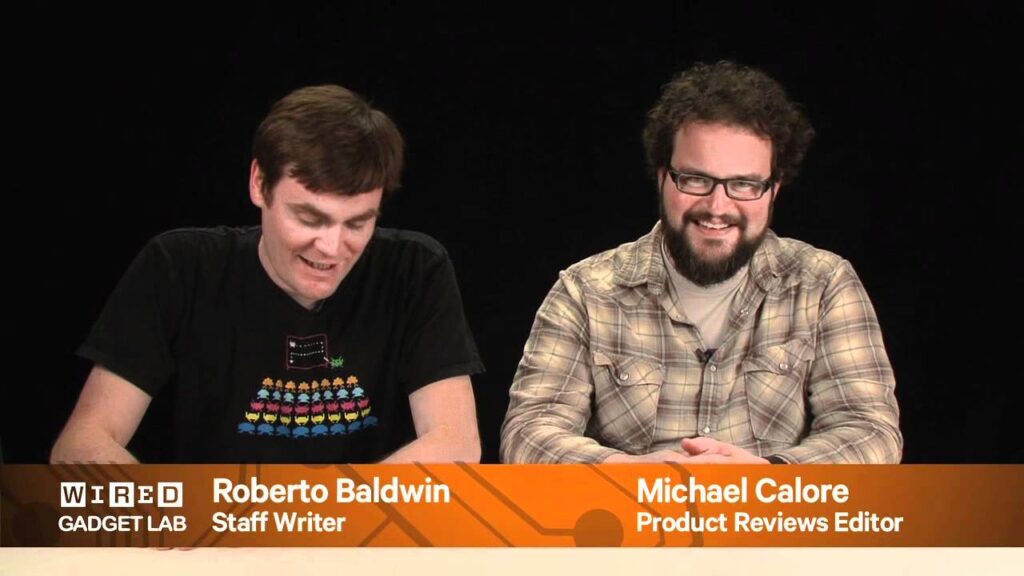Cheating in Chess: How to Spot and Prevent it
Summary
Cheating in chess is becoming increasingly common, especially in online tournaments. With the availability of AI-powered chess engines, players can cheat by seeking external assistance to know the best moves to make during the game. This article provides strategies on how to identify cheaters and prevent cheating in chess.
Table of Contents
- How do players cheat in chess?
- What are the signs that a player is cheating?
- How can you identify a cheater in online tournaments?
- Can the use of AI-generated moves be considered cheating?
- How can you prevent cheating in chess?
Introduction
Cheating in chess has become a widespread issue in both online and in-person tournaments. Chess engines can perform analyses and provide advice on the best possible moves, which can create an unfair advantage for the player. So, how do you know if a player is cheating? In this article, we’ll explore the commonly used techniques for chess cheating and how you can spot and prevent them.
Q&A
How do players cheat in chess?
Players can cheat in several ways, with some of the most common methods including accessing analysis boards through their phones, accomplices, or vibrating devices placed in their shoes or ears. By using external assistance, players can get insights into the best moves to make during a game, thereby gaining an unfair advantage.
What are the signs that a player is cheating?
Various signs indicate that a player may be cheating. Some of these signs include consistent behavior such as leaving the board frequently, using a consistent amount of time for every move, or having distracting behavior. Additionally, external assistance such as a phone or earpiece may be an indication that the player is cheating. However, it is important to note that not all these signs necessarily indicate cheating.
How can you identify a cheater in online tournaments?
The use of AI-powered engines in online chess has provided a better avenue for identifying cheating players. Identifying a cheater online involves studying the player’s profile, including their account age, winning rate, accuracy score, and ELO score. Additionally, players who consistently make moves that match the first and second lines of local chess engines and have a consistent amount of time for each move may be suspected of cheating.
Can the use of AI-generated moves be considered cheating?
While using an AI-powered engine to generate moves gives an unfair advantage to the player, it is not cheating if the tournament organizers allow it. However, even in events where AI-powered engines are allowed, there are rules governing their usage. Always look out for rules governing the use of these engines and adhere to them.
How can you prevent cheating in chess?
There are various ways to prevent cheating in chess, such as educating players on the dangers of cheating, enforcing strict rules on mobile phone usage, and using random seat rearrangement during matches. Additionally, organizers can choose to restrict the use of AI-powered engines or make moves in dedicated analysis areas only. These strategies, when properly implemented, can significantly reduce the incidence of cheating.
Conclusion
Cheating in chess presents a significant problem that can ruin the integrity of the game. While it can be difficult to spot and prevent cheating, it is essential to take proactive measures to ensure that players compete fairly. With awareness of the various methods of cheating and the application of preventative strategies such as rule enforcement, cheating in chess can be significantly minimized.







